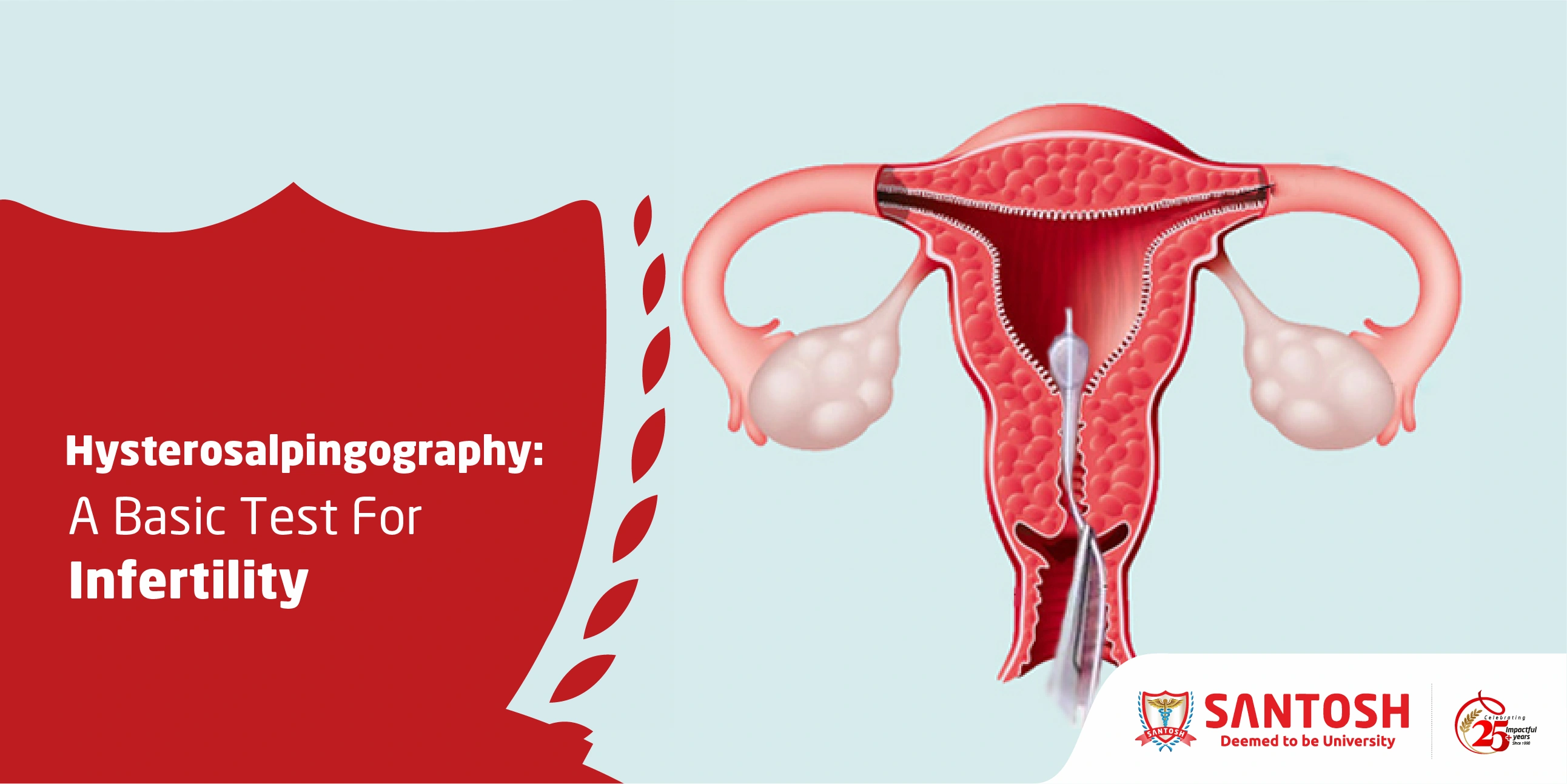
A hysterosalpingography or HSG is an important test of female fertility potential. It is a procedure that uses an X-ray to look at the fallopian tubes and uterus. It is a radiology procedure usually done in the radiology department of a hospital or outpatient radiology facility.
Radiographic contrast (dye) is injected into the uterine cavity through the vagina and cervix.
The uterine cavity fills with dye and if the fallopian tubes are open, dye fills the tubes and spills into the abdominal cavity. This shows whether the fallopian tubes are open or blocked and whether a blockage is at the junction of the tube and uterus (proximal) or at the other end of the tube (distal). Successful treatment for tubal factor infertility is available.
The procedure is usually done after the menstrual period but before the ovulation, since it’s less likely for a female to be pregnant during this time. This will be during the first half of the cycle, probably between days 1 and 14.
What to expect during a hysterosalpingography
The study only takes about 5 minutes to perform. However, the test is usually done in the radiology department of a hospital so there is additional time for the woman to register at the facility and fill out a questionnaire and answer questions regarding allergies to medication etc.
The woman lies on the table on her back and brings her feet up into a “frog leg” position. The doctor places a speculum in the vagina and visualizes the cervix. Either a soft, thin catheter is placed through the cervical opening into the uterine cavity or an instrument called a tenaculum is placed on the cervix and then a narrow metal cannula is inserted through the cervical opening. Contrast is slowly injected through the cannula or catheter into the uterine cavity. An x-ray picture is taken as the uterine cavity is filling and then additional contrast is injected so that the tubes should fill and begin to spill into the abdominal cavity. More x-ray pictures are taken as this “fill and spill” occurs. When both tubes spill dye, the woman is often asked to roll to one side or the other slightly to give a slightly oblique x-ray image which can further delineate the anatomy.
Once the procedure is complete, the instruments are removed from the cervix and vagina. The woman usually remains on the table for a few minutes to recover from the cramping caused by injection of the contrast. The results of the test can be immediately available.
Does having a dye test improve the chance for getting pregnant?
Pregnancy rates in several studies have been reported to be very slightly increased in the first months following a hysterosalpingogram. This could be to the flushing of the tubes opening a minor blockage or cleaning out some debris that was preventing the couple from conceiving.
Some studies suggest that using oil-based contrast provides a slightly larger increase in pregnancy success rates than the use of water-based contrast. However, the large majority of HSGs are done with water-based contrast.
Complications
Complications associated with a hysterosalpingogram include the possibility of an allergic reaction to the dye, which is uncommon. This usually causes a rash, but can rarely be more serious. Pelvic infection or uterine perforation are also possible complications, but these are very uncommon.
If a woman has multiple sexual partners or is otherwise at risk for sexually transmitted diseases, she might be screened with cervical cultures before doing an HSG. Some physicians prescribe several days of antibiotics to reduce risk of infection after HSG.
For More Info, Visit: https://www.santosh.ac.in/

